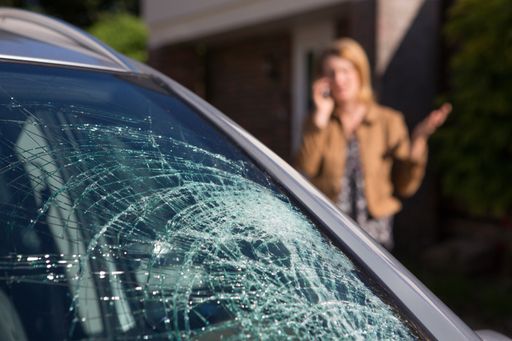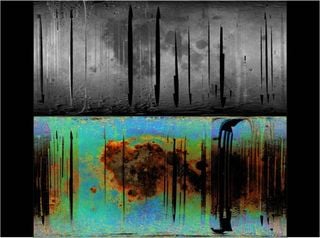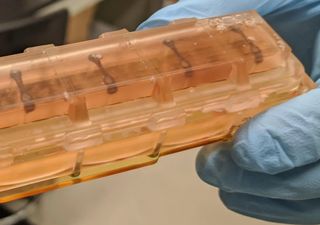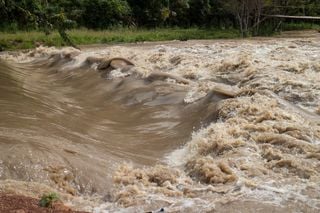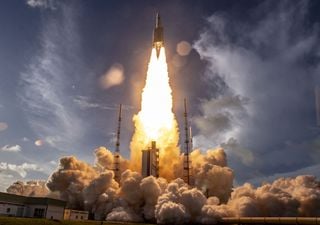NASA to pay $3 million to anyone who can solve lunar debris problems
NASA's new competition, the "LunaRecycle Challenge," will pay out $3 million in prizes for innovative ideas for recycling waste materials on lunar missions.
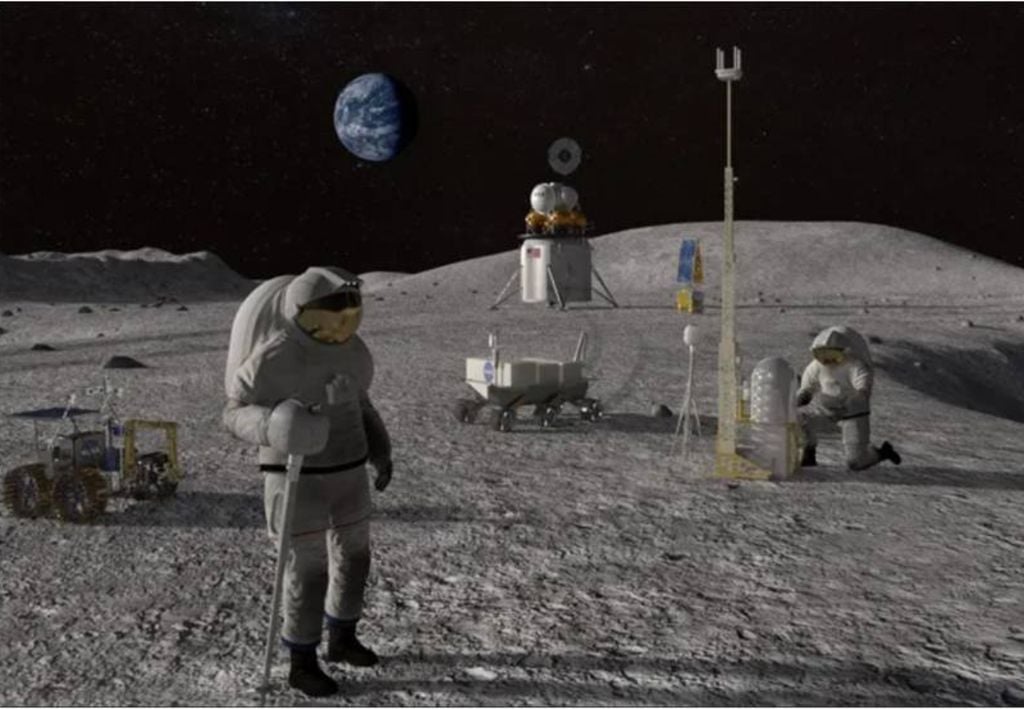
The American space agency NASA announced a new competition: the "LunaRecycle Challenge", which will pay 3 million dollars in prizes to the authors of innovative projects in the area of recycling material waste for missions on the Moon.
The idea is that the chosen projects solve a problem that affects future missions to the Moon: the disposal of special garbage, such as packaging of food consumed by astronauts and materials from scientific experiments.
Looking for innovators for lunar waste competition
The goal of the challenge is to find innovative technologies to recycle the material waste used in long-term space travel. The competition is looking for solutions that maximize the amount of waste that can be recycled in a hypothetical 1-year mission to the Moon.
The LunaRecycle Challenge will encourage the development of low-mass, low-impact, energy-efficient recycling solutions that improve the sustainability of long-term lunar missions.
The goal of NASA's challenge is to "recycle waste into products that can be used for scientific activities and exploration outside the planet, so that little or no waste needs to be returned to Earth".
The three technological needs that the competition will address include: logistics tracking, clothing and garbage management for housing; manufacturing parts and products in space and the lunar surface; and manufacturing in space and on the lunar surface from recycled and reused materials.
The challenge will have two categories: the "Prototype Build Track" and the "Digital Twin Track". The first consists of the development of hardware components and systems to recycle solid waste on the surface of the Moon. The second is a virtual replica project of a complete recycling system, as well as the manufacture of final products.
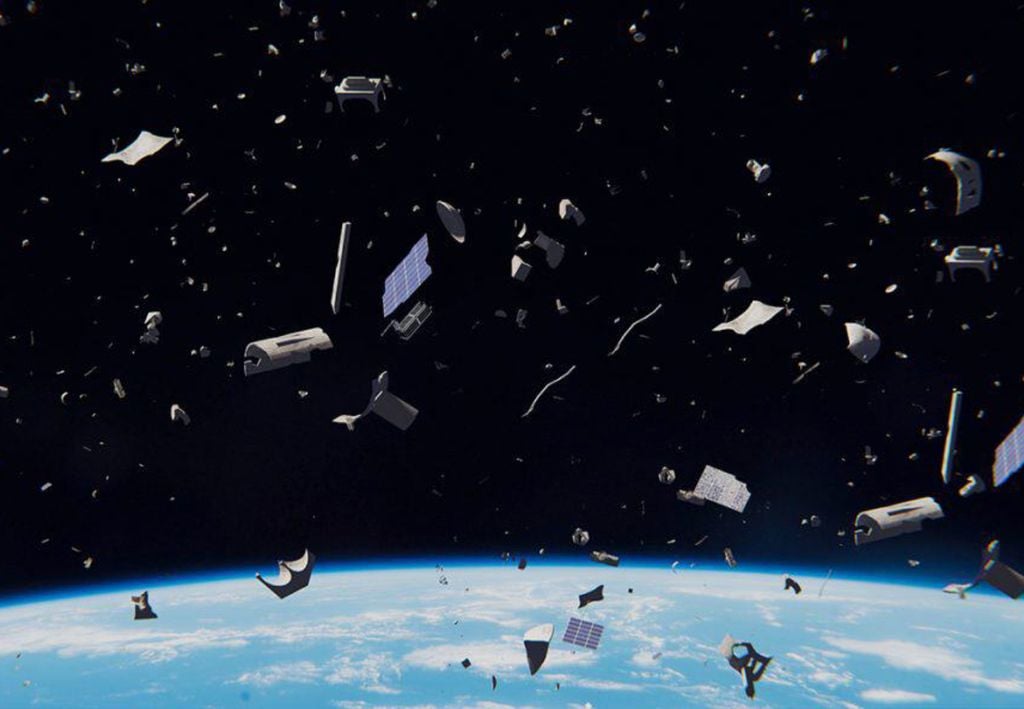
Teams that register will have the opportunity to compete in one or both categories. In addition, there will be two phases: phase 1 of the challenge will reward the winners in the two categories mentioned above with 1 million dollars, and phase 2 will have a prize of 2 million dollars for the winners of the second category.
"We are very excited to see what solutions our global competitors generate, and we look forward to this challenge serving as a positive catalyst to bring the agency, and humanity, closer to exploring worlds beyond ours," said Kim Krome, manager of LunaRecycle Challenge.
How to participate in the challenge?
A panel of experts will analyze project applications and make evaluations based on rules, which are available at this link. NASA hired the University of Alabama, based in Tuscaloosa (Alabama), to be the allied partner during the challenge.
Projects can be sent until March 31, 2025 through a form by clicking here. Those selected will be released from May 2025.
News reference:
NASA "NASA Seeks Innovators for Lunar Waste Competition". 2024.

